In Search of Queer Ancestors
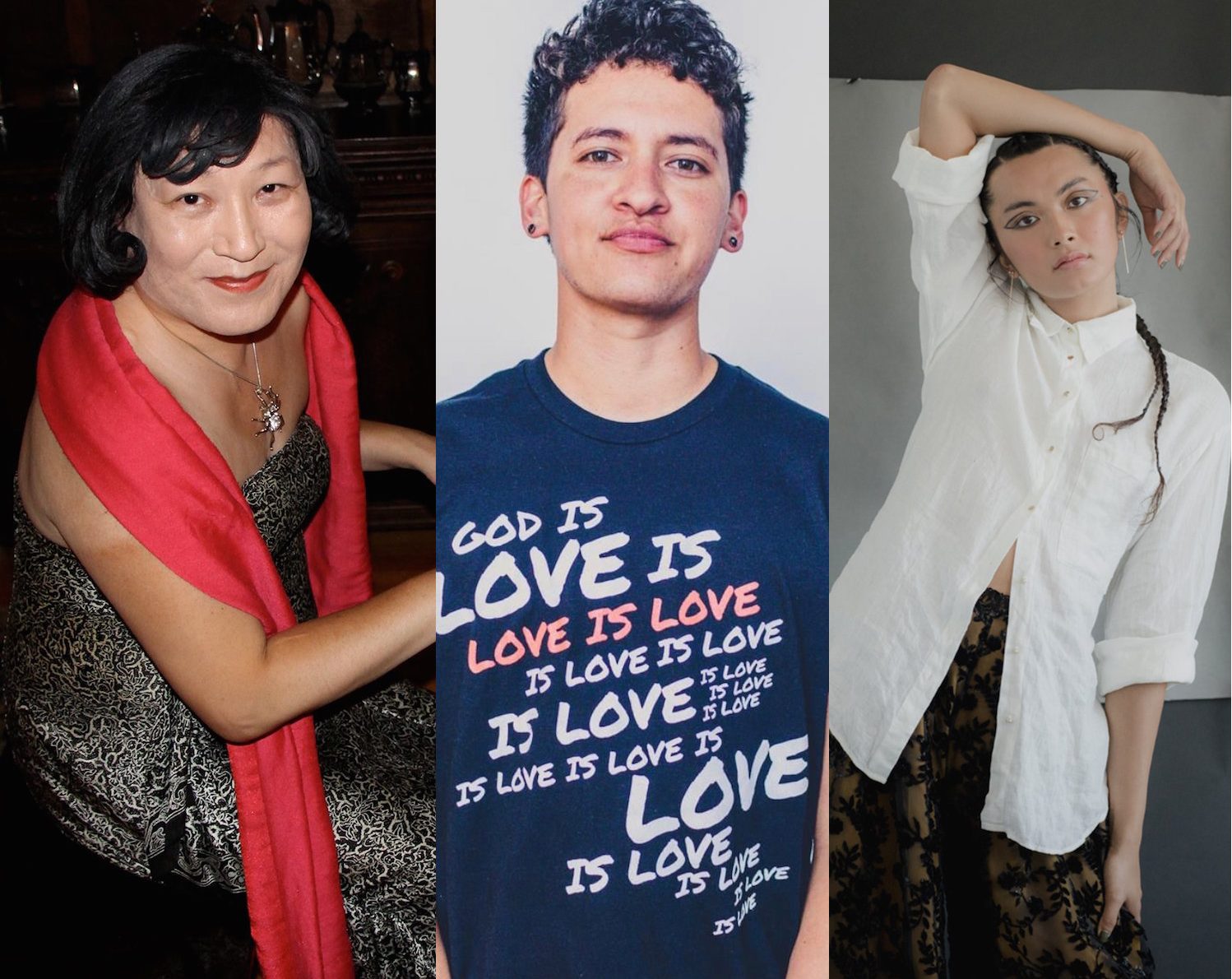
DECEMBER 4, 2019
“If we didn’t move to America, you wouldn’t be like this,” my mom told me casually, one afternoon a few years ago. We were chatting together while walking down the streets of Manhattan.
She was referring to a number of things: my abandonment of conservative Christianity, my lack of deference to my parents compared to my peers who stayed behind in Malaysia, and most obviously, my decision to be in a relationship with a woman.
“I’m sure my attraction wouldn’t have changed,” I objected.
She replied, “You might have still felt a certain way, but you probably would not have chosen your path. That may not even have been on your radar. You would just go along with what everyone else did.”
Her implication was specific: Not that America made me “gay,” but rather that embracing my attraction—identifying with it and acting upon it—was an American, or Western, phenomenon.
It was a familiar but largely false argument. Queerness has historically been accepted, even respected, within many indigenuous Asian and Pacific Islander religions and societies. However, much of that acceptance has been erased over the past century due to a confluence of factors, from the establishment of global religions to Western imperialism. In the Philippines, for example, Spanish colonizers routinely demonized religious shamans and priests, whose ranks consisted of both women and “effeminate men” who appear as women and marry other men. As part of a larger “witch-hunt” in Europe and its colonies, Spanish Catholics explicitly linked femininity and sodomy with devilish witchcraft and paganism.
Yet, my mother was not entirely wrong. Much of Asia’s queer historical and cultural traditions did not fit neatly into the individualistic containers of L, G, B, and T. The queer figures of Asia’s past—and, to an extent, present—generally occupied roles as spirit mediums, shamans, and healers; their gender and sexuality were mutually intertwined with each other, and also with their communal and spiritual roles. Together, they resist categorization by a modern, Western vocabulary.
Knowledge of Asian and Pacific Islander (API) queer histories is not widespread—it’s not taught in most schools or mainstream media. But queer API folks who may feel displaced or alienated within their families, are gradually rediscovering their heritage, in search of other ways to belong to their kin and culture. I interview three trans API Americans—of Korean, native Hawaiian, and Vietnamese ethnicity respectively—in order to understand: How did it feel when they “found out” they had a queer ancestral lineage? How does this knowledge inform their queerness, or how they see themselves as a whole?
◻︎◻︎◻︎
Pauline Park, 58, is a prominent trans activist in New York City known for her work in passing city legislation to protect rights for transgender people and cofounding several queer organizations, including Queens Pride House. Born in Korea, she was adopted and raised by white, Christian fundamentalist parents in the south side of Milwaukee during the 1960s, shortly after the Korean War ended.
As an adopted child, Park grew up without a sense of what she would look like when she got older. Even her understanding of what Asian adults looked like was remote, culled mostly from magazines, library books, and the Encyclopedia Britannica at home. Books were her portal into new worlds—including the world of the paksu mudang.
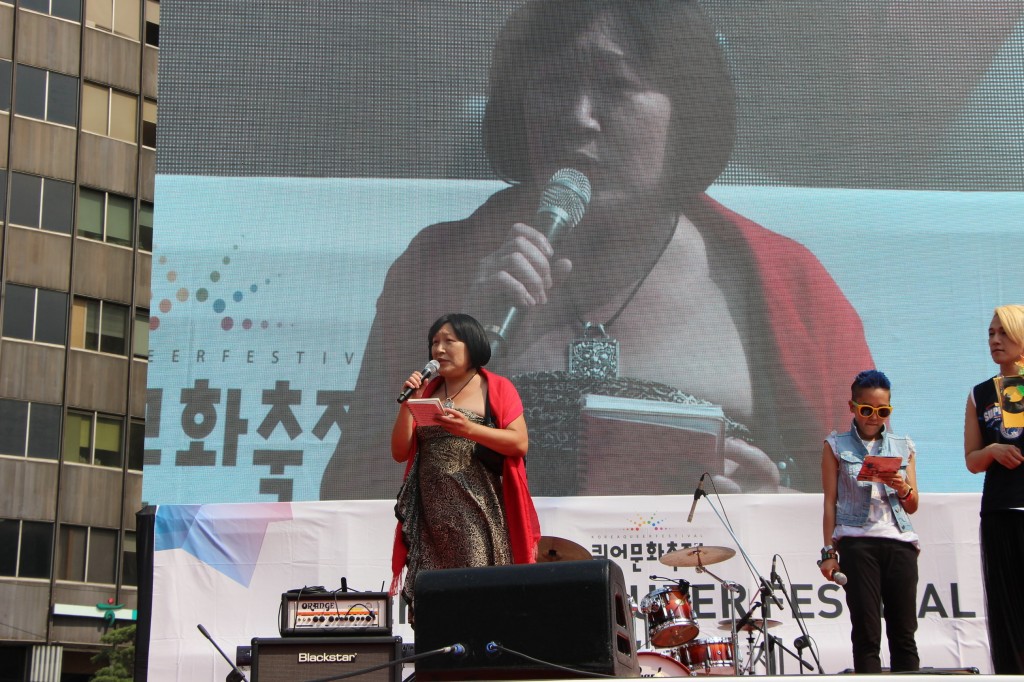
It was 1989, and Park had recently begun her doctoral degree at the University of Illinois Urbana-Champaign in Political Science. She spent most of her time in her university’s social science library, one of the largest libraries in the country. One day, she walked in and noticed something that had evaded her eye before: at the corner of the library was an 11-volume Encyclopedia set on homosexuality, which took up an entire shelf.
Curious, she took out the 11th volume which was on Asia and started flipping the pages, eventually making her way to the section on Korea. Korea had three distinct traditions, which in her writing she would later call “proto-transgenderal traditions,” that caught her attention, but the tradition that most her intrigued was the paksu mudang.
Part of an ancient, indigenous tradition that dates back to the Siberian homeland from which the Korean people migrated, “mudangs” are spirit mediums who communicate between the living and the dead. Working-class women usually work as mudangs, but men do occasionally take on the role—they are called “paksu mudangs” (paksu means male). Some paksu mudangs adopt feminine attire and appearances when performing the sacred rituals; some do so consistently even outside of the ritualistic context.
Learning about the paksu mudang—a “proto-transgenderal,” religious, and Korean figure—struck Park. “It felt like a revelation,” she explained. “I was seeing Korea for the first time as something that was directly relevant to me, not as an abstract thing that I felt an obligation to become more familiar with. I felt I had found a place in Korean culture.”
Like a lot of queer Asian Pacific Islander Americans, Park had come out—first as a gay man, and then later on as a trans woman—in a predominantly white world. The only Asian groups she knew within the queer scene involved young, gay Asian boys and older white men, or “rice queens.”
As she grew older it became clearer to her that learning about the paksu mudang and other queer figures in Asia wasn’t just important on a personal level for people like her. It was also a politically significant way to re-insert queer Asian and Pacific Islanders into the historical narratives of their communities of origin. She explained to me how that work, to her, is “vitally important because it’s the only strategy that works to counter reactionary homophobic or transphobia discourse, which construes API’s as queer only because we hang around white people too much.”

She continued, “The grain of truth is that LGBT identity as it’s configured [in the U.S.] is a specifically Western invention, but that doesn’t mean there weren’t people like us in these cultures [in Asia].”
Connecting to the paksu mudang has informed not just Park’s ethnic heritage, but also her spirituality and activism. Many of her queer friends have rejected religion altogether as a result of the homophobia and transphobia they’ve faced from religious institutions. Park, however, has always maintained a spiritual view of the world. Although she had long disavowed the fundamentalist Christian faith of her childhood by the time she enrolled in graduate school, she began diving into astrology, tarot cards, and occult practices.
“So when I came across this encyclopedia of homosexuality, [the revelation of the paksu mudang] was on fertile ground,” she said. “All of this comes together, because I sometimes call myself post-Christian, but maybe now I’m pre-Christian.” For Park, the figure of the paksu mudang helps her imagine a place for herself in pre-Christian, pre-colonial Korea.
Her sense of spirituality encompasses her work as an activist as well: “I’ve been the coordinator of the transgender support group in Queens Pride House since 2011. It’s been eight years, and in the course of that work, I’ve changed lives. And that is a spiritual calling—to remind people to become their true selves.”
Whether it’s through Queens Pride House or as a solidarity activist fighting for the rights of Palestinians living in apartheid, she sees her work as spiritual because it is ultimately about “liberating the human spirit” from oppression.
“I’m agnostic about reincarnation, but maybe I was a mudang in a previous life,” she said, then pausing to recalibrate. “Maybe I’m kind of a modern mudang.”
Park would publicly come out as a trans woman eight years after that encounter in the library, and while she acknowledges that learning about the paksu mudang may have, in an abstract sense, informed her coming out, she believes she would’ve come out as transgender regardless of her discovery.
But that would not likely have been the case for Myles Markham, 29, an organizer and student at Columbia Theological Seminary in Decatur, Georgia.
Markham, who goes by “they” or “he” pronouns, traces their roots back to a variety of countries—Sweden, Germany, Ireland, Japan and Hawaii. But it is their native Hawaiian lineage, from their father’s side, that is most significant to them. Born and raised in Florida, their family would visit Hawaii every three years to see their father’s family. Among their siblings, Markham was always the most interested in Hawaiian culture, from learning to surf to picking up Kanaka Maoli language.
Starting at 14, Markham also became the most religious kid. Raised as a nominal Christian, they underwent what they describe as a “born again experience” shortly after their father passed away.
“Christianity satisfied my deepest longings,” they explained. “It told a story in my mind where I came from, what I was doing here, why I’m alive, and where I’m going,” they explained. Two years later, Markham realized they were attracted to women. As someone who, at that point, identified with the sex they were assigned at birth (female), this posed a problem within the church.

Embracing Christianity within the white suburban context of Florida meant adopting what they described as “patriarchal whiteness”: believing that women should submit to men, that being gay or transgender was sinful, and that any ethnic heritage should be dismissed in favor of a white, Christian, and conservative one.
After a decade of dipping in and out of conversion therapy, Markham came to affirm their sexuality and reconcile it with their faith during their senior year at a Christian university in South Carolina. Coming out as “gay” and affirming their sexuality meant losing the life that Markham had built for themselves in South Carolina, so they moved to Topeka, Kansas to take a job at an LGBT nonprofit.
A year into their job in Topeka, Markham heard about an LGBTQ film festival an hour’s drive away in Kansas City. During the last day of the festival, Markham walked into a theater to watch a documentary, Kumu Hina, which they didn’t know anything about.
Kumu Hina told the the story of Hina Wong-Kalu, a native Hawaiian school teacher and cultural practitioner who identifies as a transgender woman and as māhū, a word that means “in the middle.” Markham learned that in the native Hawaiian tradition, māhū were not seen as men or women, but somewhere in the middle, having qualities of both men and women. Before Western missionaries introduced homophobic and transphobic laws in the 1800’s, māhū were respected as teachers and keepers of cultural traditions and rituals in temples. They held the responsibilities of passing down genealogies and naming children.
Watching Kumu Hina felt like a second “born again” experience. It presented to Markham a story of where they had come from, how to make sense of themselves now, and where to go—except this time the story was specifically rooted in their ethnic origins. It felt like coming home.
“[The movie] plugged me in this spiritual cosmological ancestry in a way that felt like a guide to me,” they said. “It all fit—boys would say ‘you’re not a boy, but I treat you differently than other boys and girls.’ Same with girls. At the time I thought it was about my sexuality.”
It would be a handful of years after that movie that Markham would come out as transgender, and they explicitly credit discovering the māhū tradition with helping them come out. The movie was the first time they were introduced to the “transgender discourse” in a way that was centered in their own cultural context.
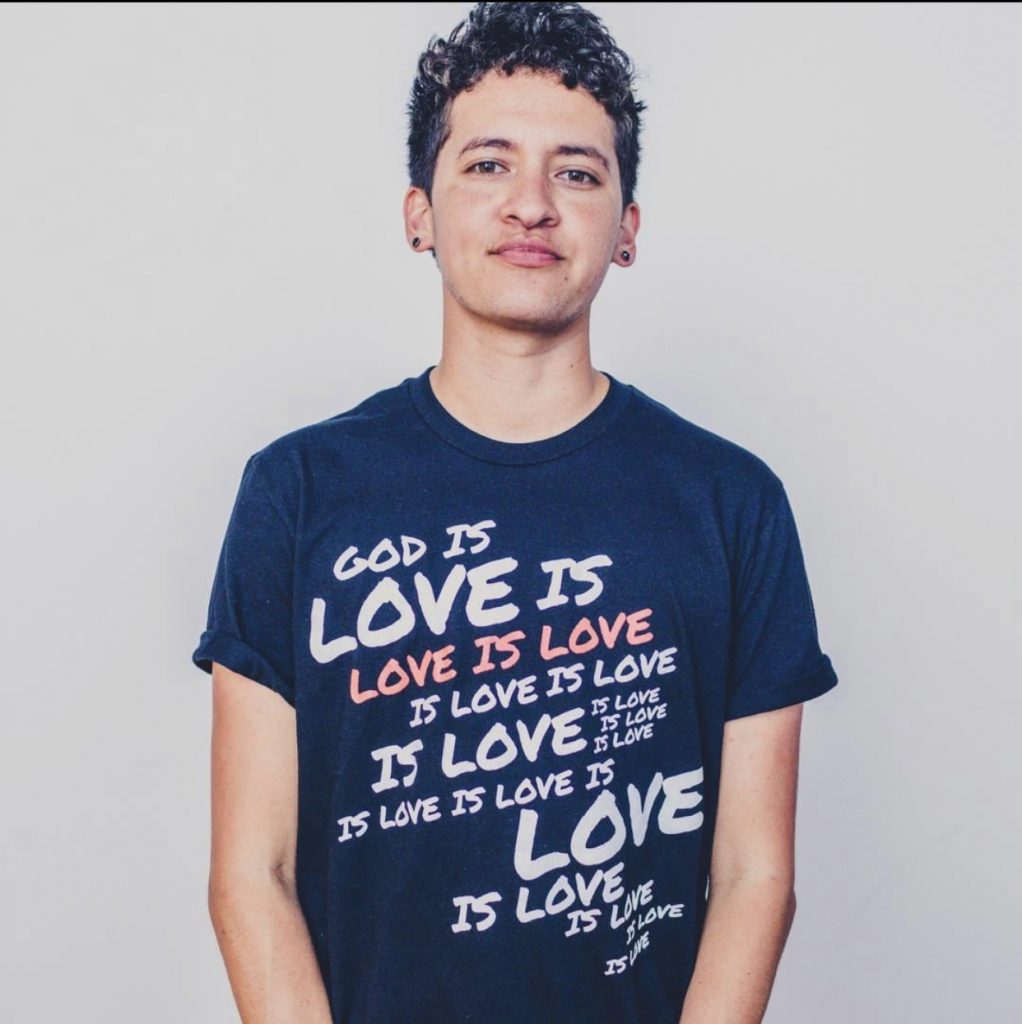
“I completely removed myself from my contextual experiences in order to become a Christian. So when it came to exploring gender diversity, I was not about to do that again,” they said, explaining why American transgender discourse did not initially resonate with them. Markham described observing how often trans people would post selfies on social media. “I was like, I don’t connect with that,” they said. “Before watching Kumu Hina, the transgender experience seemed to rest entirely on the concept of self-expression.”
Being māhū made more sense for Markham because it presented a way to frame gender that was more communal. “Being māhū is about what you do, it’s not just about how you express yourself. It’s about playing a role in your community, not just your individual identity,” they said.
If given a choice, Markham would identify as māhū over any other gender-marker. “It gives me language I otherwise don’t feel I have language for,” they said. For Markham, the closest word in English, “non-binary,” still implies that a binary exists, evoking a static understanding of gender. But in Native Hawaiian and Polynesian cosmology, gender is a matter of fluid energies.
“I feel māhū serves a similar function that the word ‘queer’ does, it can be an umbrella for gender diversity,” they said, then adding, “I don’t think the Western transgender discourse is bad, I just think it’s an incomplete way to think about gender diversity.”
Learning about māhū opened up new possibilities of thinking about gender for Markham—as did learning about chuyển giới for Xoài Pham.
Pham, 23, is a Vietnamese trans writer and digital media coordinator at the Transgender Law Center in New York City. Born to parents who fled Vietnam during the war, Pham was raised in Westminster, Orange County. “Everyone was Mexican or Vietnamese, so everyone looked similar to me. It was really nice,” she said.
But while she felt a sense of belonging in terms of her ethnic identity, she remembers also feeling like she was the only queer person on earth. As someone who was assigned male at birth, her femme gender expression and attraction to boys made her the target of bullying.
“There were slurs thrown at me in English. My family would sometimes say some Vietnamese slurs as well,” she said. “I internalized femmephobia as I started working out really early on and I thought I could masculinize myself.”
After high school, she moved to New York City to enroll in Marymount College with dreams of being an actress. During her junior year of high school, she was inspired to pursue acting after attending a theater workshop led by Alexandra Billings, the famous and openly trans actress.
“I just remember sobbing and remember that experience as beautiful not just because of the effect she had, but also seeing her lead in this mystical way. She felt so superhuman to me as this trans woman,” Pham said.
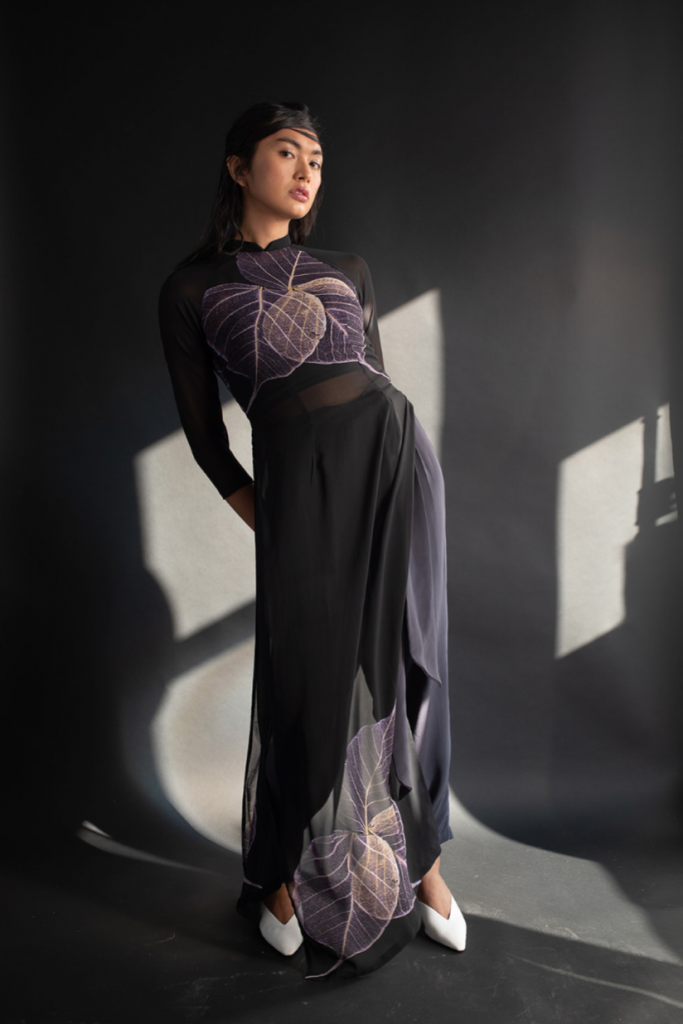
After college, Pham moved to Bangkok for a summer fellowship for sexual health with the organization, APCOM. At the time, she identified as gender non-conforming. There, she interacted with trans women for the first time in “very mundane contexts” outside of being a “token or object of entertainment.”
“It gave me an idea of what it would be like to medically transition. For a long time, like I said about Alexandra Billings, I thought of [transitioning] as so mystical and hard to understand,” she said.
Upon coming back to NYC, Pham decided to try hormone replacement therapy. It was shortly after then that she decided to also join a Vietnamese organizing school, Hai Ba Trung School for Organizing. She started learning about Vietnamese history through a decolonizing framework and canvassing in the Vietnamese language. “It was a healing and empowering experience to return to my roots…[it] built me back into who I was,” she said, explaining that although she was always proud to be Vietnamese and had a strong connection with the language and culture, it was the first time she was around Vietnamese progressives.
The experience at the organizing school in part inspired her to start researching what being trans looked like in a pre-colonial, Southeast Asian context. That was when she came across chuyển giới.
According to Pham, in the past, chuyển giới were spirit mediums within the context of indigenous folk religions that predate the arrival of Buddhism. They were typically femme people who were assigned male at birth, and who performed rituals that connected the living with the dead. Today, the phrase “chuyển giới” tends to mean “transgender” in Vietnamese.
The discovery of chuyển giới felt like a great relief to her. “It felt like so many possibilities opened up. I understood that Viet culture isn’t antagonistic to who I am, and I belong in my history.”
Chuyển translates to “change” or “switch,” and giới can mean “gender,” “dimension,” or “spirit.” The discovery of the definitions behind chuyển giới was profound for Pham. The spiritual meaning of chuyển giới, in particular, was very important, as she was very attracted to the idea of “transness” as a spiritual role, as opposed to just an identity.
“Because it means that a person has a certain responsibility and that selfhood is reliant on how they relate to the world,” she explained. “What I want to feel proud of is how I have used my trans-ness in relation to the world to create more dialogue and connection, and push people beyond the boundaries of what they think is possible for themselves.”
Think of identities as verbs, not just nouns, she encouraged. “Language is a portal to another world—the words we speak really change how we perceive things,” she said. What does living out her trans-ness as a “spiritual role” look like in the modern age?
Pham cites her work as a freelance facilitator in groups, in which she relies on her intuition to discern what people are feeling, direct conversations, and mediate between sides. At the root of oppressive systems, Pham believes, is a lack of love and imagination—when people, for example, “don’t believe the world is big enough for migrants, [or] they don’t believe there is enough healthcare for people living with HIV.” And so she sees her work as undoing “Enlightenment and colonial” binaries that limit our imagination.
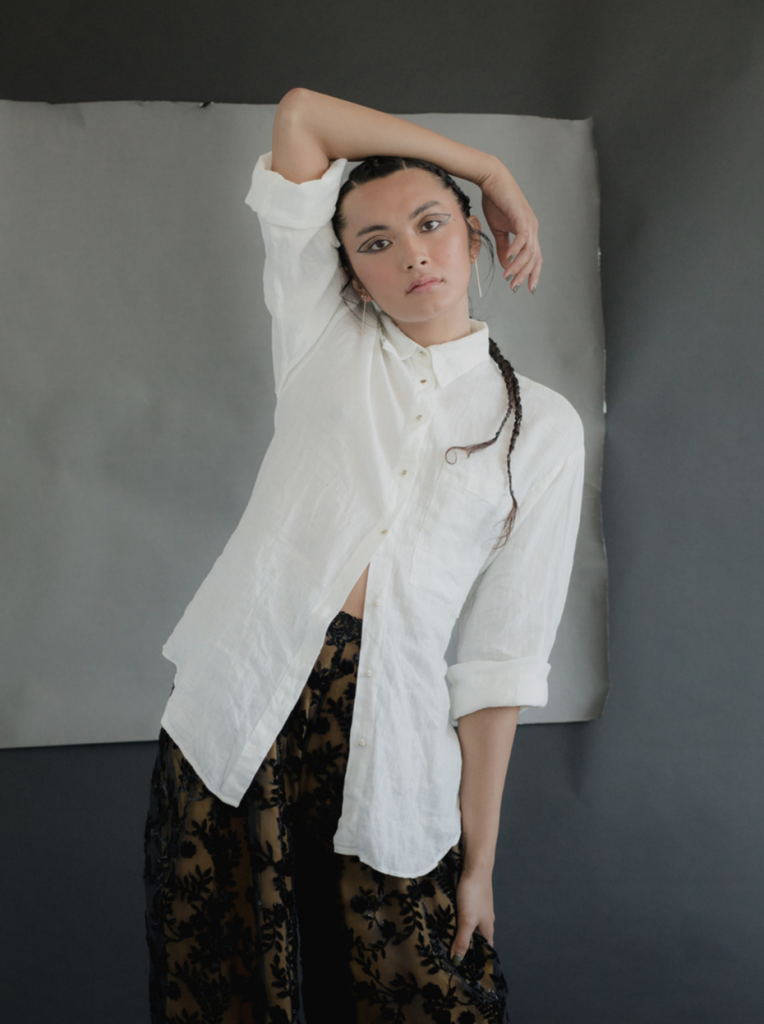
Pham is careful to qualify that this work is not the sole purview of trans people, but rather is accessible to anyone who feels connected to spirituality and the divine. Yet the connection between gender-diversity and spirituality does not seem coincidental, at least when we look back historically. For most of Asia and the Pacific Islands, people who were seen to encompass both masculinity and femininity—to transcend a particular binary—were respected within their communities as spiritual mediators, healers, and leaders. Their gender-diversity was seen, as many anthropologists have described it, as “a metaphor for cosmic unity and incorporation,” signaling a divine wholeness that existed before the universe became differentiated into various forms.
For Park, Markham, and Pham, this rich history offers a lineage where they can situate themselves outside of a white, Western context, but the question of how much to acknowledge this lineage in their present lives remains unanswered.
Park remarks that when she taught English in Korea, she encountered a group of gay men who called themselves mudang not out of an identification with spirit mediums, but rather as a way to articulate their queerness in a non-Western way. Yet when she cofounded a Korean LGBTQ group in NYC, the group decided to call itself “Iban / QKNY.” The name was not a ancient historical reference, but rather a linguistic choice: QKNY referred to Queer Koreans of NY, while Iban is a Korean word that means unconventional, a word that had been adopted by LGBT activists in the ‘90s as a Korean alternative to “queer.”
The tension between honoring indigenous knowledge, while creating new meanings and words is a live question for all three of them. As Pham puts it, “I want to continue the legacy of Vietnamese practices and also find what it means to be an ancestor in my own right.”
Sarah Ngu (they/she) is a freelance writer based in Brooklyn, NY who has written for Vice, Jacobin, and Vox. Follow Sarah at twitter.com/sarahngu.
“In Search of Queer Ancestors” appeared on the Asian American Writers Workshop’s website “the Margins” (aaww.org) on 14 December 2019.